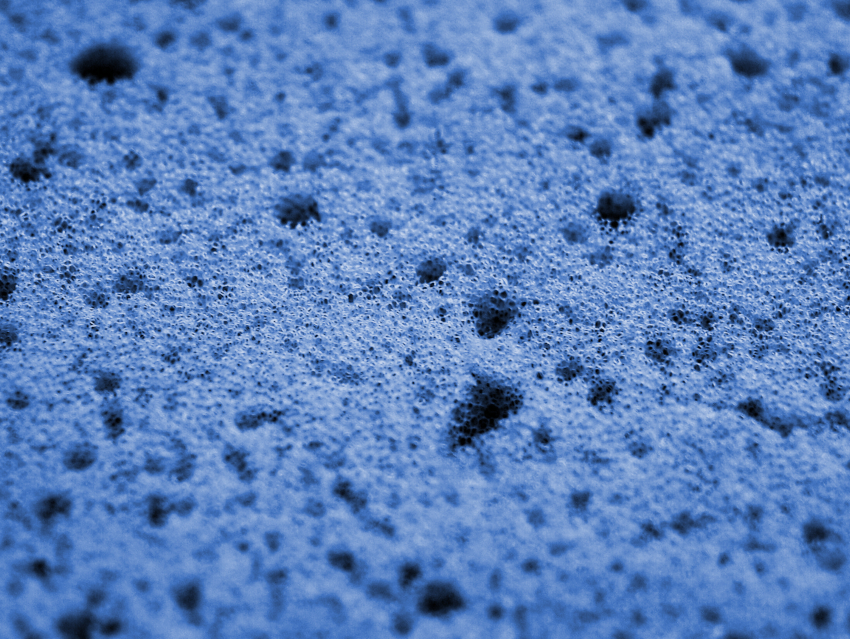Water can be polluted by, e.g., oil, organic compounds, or heavy metals. Removing those contaminants is important for both the environment and human health. Absorbent materials provide a simple way to do this, but existing materials can be challenging to recycle or biodegrade. Nontoxic, biodegradable absorbents based on renewable materials that have suitable absorption properties would, thus, be useful. Chitosan-based sponges, for example, could be a promising candidate, but their hydrophilicity and mechanical properties limit applications.
Jinpeng Wang, Beijing Technology and Business University (BTBU), China, and colleagues have developed porous hydrophobic chitosan-based sponges that were grafted with β-cyclodextrin, citronellal, and palmitic acid to optimize their properties as absorbents. The team first prepared sponges from chitosan, aminoethyl-β-cyclodextrin, and sodium phytate as a crosslinking agent. The resulting sponges were dipped in a citronellal solution and dried. Immersion in a palmitic acid solution and another drying step gave the desired functionalized sponges.
The modifications of the chitosan increase the material’s hydrophobicity and absorption properties, as well as the mechanical stability. The preparation is environmentally friendly and the sponges show good absorption capacities for n-hexane, trichloromethane, vacuum pump oil, and peanut oil. The material selectively removes, e.g., peanut oil or chloroform from water. It also shows good biodegradability.
- Green Preparation of Robust Hydrophobic β-Cyclodextrin/Chitosan Sponges for Efficient Removal of Oil from Water,
Chenxi Wang, Chao Qiu, Chen Zhan, David Julian McClements, Yang Qin, Aiquan Jiao, Zhengyu Jin, Jinpeng Wang,
Langmuir 2021.
https://doi.org/10.1021/acs.langmuir.1c02299




